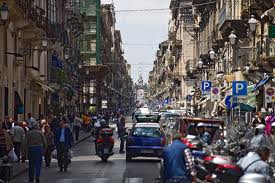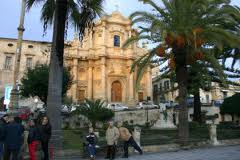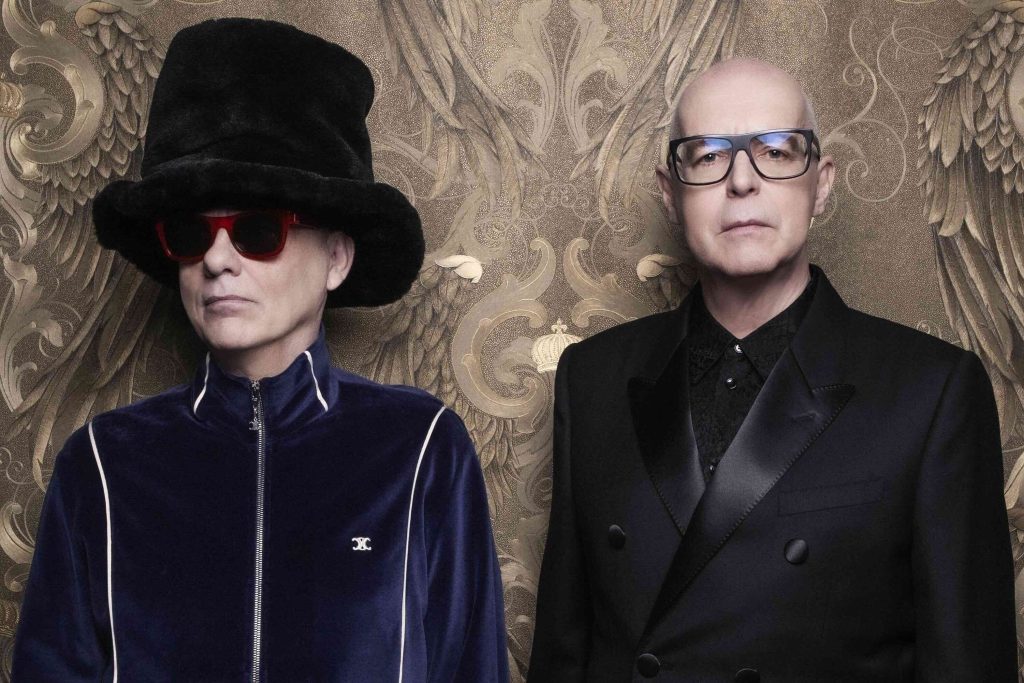
It doesn’t come as too much of a surprise to discover that Sicily has always been coveted by those who know a good thing when they see it. That fact that it’s the largest island in the Mediterranean certainly made it noticed; more significantly, perhaps, was its central Mediterranean position, which strategically made it a point of convergence between the European and African continents. The island is also very much a singular entity. Of course, many people will say it’s ‘Italian’, but say that to a Sicilian and you’ll receive a glance that will remind you of the way your mother used to look at you weren’t too complimentary about her oven-fresh lasagne. The truth of the matter is that the Italian mainland is just that – a landmass, slim though it may be. Sicily is on its own, associated with the ‘mother’ country but not tied to its apron strings. It is individual, it is formidable, it is often quite beautiful. Oh, and did we mention it has an active volcano?
Known locally, simply, as “the mountain”, Mt Etna is the volcano we have come to like these days (the unpronounceable one in Iceland? No, we’re not overly fond of that one, are we?). You’d like to think that it is you that approaches “the mountain”, but in reality “the mountain” is all pervasive; its impressive bulk looms large over much of the coastal route south from Taormina. As we make our way to its summit, from our base just outside Acireale, we pass rural landscape, through villages and towns where faded beauty commingles with creeping urbanization.

We know we’re approaching one of the world’s largest volcanoes (at 3,320m, it is Europe’s highest – and most active) because we can feel the temperature dropping; half an hour ago as we trundled through the Sicilian countryside it was a balmy 19°, but now it’s down to 5°. Stepping outside our vehicle, we zip up and button down amid the kind of lava wilderness that is in equal measures totally breathtaking and utterly bleak; this is arid, unruly, lava-strewn territory, and as we walk around an area known as Mt Silvestri, we encounter craters, old and (relatively) new that resemble nothing other than ribbed, mysterious fissures in the earth. It is a spooky experience, for sure, a mixture of nature, disaster and bafflement. After our visit, I am told of a news story, dating from 2004, of how a team of geologists and exorcists were brought in to investigate unexplainable fires that affected electrical wires and appliances in a nearby community. Questions were raised for which there were no credible answers. The truth is out there somewhere! But seriously, you might fly into Catania for a short break and decide that Mt Etna is not for you. My advice is to go for it, otherwise you’d be missing one of the world’s most instructive natural wonders. You can’t get too close to it, of course, due to its unpredictable nature, yet the fact that it is has been in an almost continual state of eruption since 1998 is another measure of its peculiar appeal.

We warm up once we’re out of the chill zone, and thaw completely on our way to Murgo Winery, a typically rustic vineyard at Santa Venerina, on the southeast slopes of Mt Etna. The vineyard’s orientation affords a year-round temperate climate, and as we sip from a glass (or two) of its vigorous wine, we experience the first tourist epiphany of the trip – yes, we’d like to stay here forever, thank you very much. The fact that all the men are straight out of central casting for The Godfather and The Sopranos, and all the women look like variations of rock gal Chrissie Hynde is the clincher.
Inevitably, we say our goodbyes (or whatever the plural is for “ciao”), and make our way to the resort town of Taormina. It may have borne (and continues to bear) the brunt of global tourism over the past 20 or so years, but this resort town – with its pair of grandiose, panoramic bays, its relic classical theatre, its stupendous backdrop of ubiquitous Mt Etna – still shines.
Deceptively large in size, its sole main traffic-free street, Curso Umberto, thrums to the beat of feet and the hustle’n’bustle of tourists and locals alike. The upside is that you’ll experience a striking treat of an unbroken line of 15th-19th century piazzas and palazzi, crumbling monuments and colourful displays of flowers as you stroll from shop to shop; the downside is that if you visit here between June and August, finding accommodation could well be a problem, and the narrow cobbled laneways are thronged with shoulder-to-shoulder visitors.

For somewhere quieter at most times of the year yet still distinctly Sicilian, a trip to the Aeolian Islands is a must. The access point is the port of Milazzo, from where you can easily get across by ferries (traghetti) and hydrofoils (aliscafi) to the likes of the central group of islands, Lipari, Salina, Vulcano and Panarea. We sail to Lipari, a thriving island community, where in the titular town, sitting down at a harbour café, we watch local fishermen fixing and organising their nets as they talk loudly and set the world to rights. The locals call them, as a group, “canta la notte”, or night singers, and as we leave the island to mosey on back to our hotel, I swear I can still hear them from some distance away as the night air carries their assertive voices onwards and upwards.
The following day we discovered two hidden gems; I’ve often thought that whenever you visit somewhere you haven’t been to before, you’re surreptitiously on the lookout for something that will either quietly or loudly blow you away. You’re in a car or a bus, you’re coming towards a small village or town, and then you turn a corner and – wow. Sometimes the ‘wow’ factor is immense; other times it’s a gentle, dawning realisation that what you’re seeing is something special. It’s partly why you travel, isn’t it, to experience the new, the brilliant, the singularly different? Say hello, then, to the small town of Noto and the tiny fishing village of Marzamemi.

Noto is simply wonderful, an easy-on-the-eye blend of Baroque, harmonious honey-hued architecture (planned and laid out by Giovanni Battista Landolina, enhanced by Gagliardi) that has undergone (mostly) an extensive restoration period following periods of volcanic eruption. The town’s main Corso is regarded as Sicily’s most distinguished and bewitching, from the flat-fronted Church of San Francesco to the curving, ecclesiastical elegance of San Domenico. Another two must-sees here: Piazza Municipio, arguably Sicily’s finest, and Via Corrado Nicolaci, on which you’ll find the extraordinary Palazzo Villadorata, which is adorned by six balconies sporting cherubs, horses and various mythological figures that collectively represent life’s journey from birth to death.
If Noto has the wow factor, then the fishing village of Marzamemi has a becalming opposite. Located close to the region of Syracuse, Marzamemi is a bona fide working village (a mere 250-plus people live here), where fishermen work as much year-round as possible to maintain its primary activity of processing tuna fish and its by-products (which include the harvesting of ‘bottarga’, or dried fish eggs).

The village main street, Via Marzamemi, is lightly dotted with bars and restaurants, with the best of the latter being Giramapau, a former barn that has been converted into a very spacious and bright eatery. Further down, towards the sea, you will find Piazza Regina Margherita, which is bordered by former fishermen’s houses that are now craft shops, bars and tavernas. Like something out of a 1970s Clint Eastwood Western movie, the Piazza is honey-coloured, bright and dusty, with hints of desperadoes and the promise of Ennio Morricone music. Yards away is the Palazzo del Principe di Villadorata, which hosts a range of low-key boutiques and craft shops. All of this operates around the undulating rise and fall of a background of waves that lazily hit the nearby shores. As you drink a chilled beer in Piazza Regina Margherita, the sun shining down outside the protective shade of a large umbrella, jotting down notes that will persuade you to remember such occasions, for a while all the troubles of the world – well, in your own world, anyway – dissolve.
Moments such as these don’t last forever, of course, which why our final couple of hours in Catania are such a declamatory contrast. We arrive slap bang in the middle of the Mercato del Pesce, which is furiously hectic and unmercifully pungent. Fusing the type of shopping rush you rarely experience these days (stall holders shout out to you things it’s probably best you don’t understand) with a grand presence, Catania looks as if it could easily be a perfect base for scoping out Sicily’s east coast, north and south.
Two hours isn’t enough, however, to form a final decision, but if push comes to shove, and if shove comes to making a choice between heading over to Sicily or staying at home (a state of affairs known to some as being between Baroque and a hard place), then we’ll be back here before you can say “arrivederci”.
(This first appeared in Cara Magazine, April & May, 2010.)



